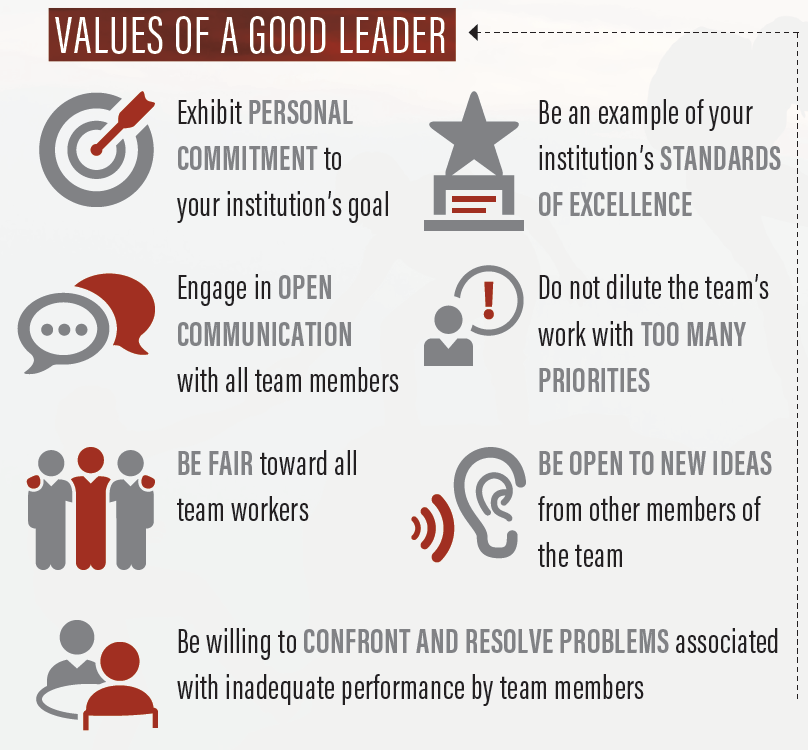
Evolution studies of human beings describe us as naturally social creatures. Since time immemorial, friendship and positive interactions have been keystones in our ways of living. In health care, we spend much of our day at work, and we have to share the environment, the concerns, and the results of our work with our colleagues and our patients.
When we work as a team, as we do in medicine, it is vital to focus on clear and well-defined goals. Our success at reaching those goals depends on how we work, interact, and cooperate as a team. In this context, a healthy work environment is essential to enhance our abilities, positive relationships, and happiness—and those of our patients.
A healthy work environment should provide all team members with psychophysical, social, and organizational conditions that protect and promote wellness and safety. When these conditions are met, workers are more satisfied, productive, and focused. Fostering this type of work environment is crucial not only to retain employees, but also to attract the best, most talented workers to join the team.
In this article, I share seven tips to promote a healthy work environment among team members. Although of course we are talking about medicine, and ophthalmology specifically, these tips can equally apply to many types of company or business.

TIPS FOR A HEALTHY WORK ENVIRONMENT
Tip No. 1: Identify your institution’s mission. The most important feature of this goal is clarity in specifying a performance objective. Understanding an institution’s mission helps to spread positivity to all team members, which boosts the abilities and resilience of the staff. In health care, this step is vital to maximize your patients’ positive outcomes.
Tip No. 2: Create healthy relationships. In order to develop trust and respect within your institution, you must foster good working relationships. Social and business meetings at work are useful to enhance relationships and develop mutual respect among employees and leaders.
Tip No. 3: Promote effective communication. Establishing a communication network across all hierarchical lines of your institution makes work much more efficient for everyone. Effective communication encourages creativity and contribution from all members.
Tip No. 4: Promote a collaborative climate. Getting people involved and giving them autonomy promotes teamwork inside your company. A collaborative climate is one in which team members share information, help each other to overcome obstacles, and discover ways of succeeding together.
Tip No. 5: Assign clear roles for team members. The sum total of the performances of each member drives an institution’s success. Each team member should clearly understand his or her role in the institution and the specific results expected in relation to that role. It is also important to emphasize that everyone is accountable for the team’s success.
Tip No. 6: Provide feedback and performance-related rewards. Regular employee reviews are essential to reward good performance and to prevent or overcome failures or deficiencies. Without knowing how an individual is performing, it is challenging to provide feedback or determine how the employee should be rewarded or redirected. Positive reinforcement is a powerful tool that should be employed; it shows that you care about your employees and encourages them to do better.
Tip No. 7: You, as leader, set the example. When you are the organization’s leader, all team members are looking at you. Your responsibility is to determine the institution’s mission and culture and then to relate it in a consistent message through communication and through your own behavior. It is essential that every team member engage with the key principles of the mission in order to optimize the company’s work environment and to point toward your well-defined goal. As a leader, you should adhere to a set of values, which are outlined in the accompanying sidebar, Values of a Good Leader.
To enhance a healthy work environment, the leader should have a positive attitude, use positive messaging, and show gratitude. This will help to develop mutual respect, trust, and optimism among team members. The leader should always appreciate the little wins and give recognition to the team members who might be behind the scenes of a big achievement.
A true leader also acts as a mentor. When employees lose their focus or passion, a good leader can motivate them. A leader should also point out and support opportunities for growth and development of personal skills. Continuous learning and evolution is the key driver of any organization’s success.
CONCLUSION
As in all types of business, health care practices can employ the concepts outlined here to improve the effectiveness of their teamwork. Excellence of service and patient satisfaction are key principles that are the foundation of every health care service. Combining a healthy team environment with principled leadership will help to leverage the success of your organization.


